The Oculus infringement continued to ferment, but according to the court's information, it seems that more intriguing value has been dug up. Xiaoza suit tie at the trial. Is it important? It's just lace. However, ZeniMax does not seem to have much evidence. He actually ran into questioning the experience of dropping out of Pa Fat University and couldn't match the garage's legendary Rift experience. Well, that's what Gates can do just this way.

Capital boosts VR industry from virtual to reality

So what kind of main dish is Xiao Bian's concern? It is two US$3 billion. Facebook’s original acquisition of Oculus was not only spent 2 billion, but a full 3 billion. In addition to the previous 2 billion, Facebook also paid Oculus employees $700 million in bonuses to retain them, plus a $300 million "milestone" commemorative gold. Perhaps while ZeniMax is cursing the psychological secret, the practitioners of the VR industry may be even more stunned. After all, many of the original VR entrepreneurs came to this figure. But this does not seem to be finished yet. Xiaozha said in court that he did not know the name of ZeniMax before the lawsuit. In addition, Zack took the court as a site to promote VR technology. In 5-10 years, he will invest another 3 billion yuan in unfinished business.
Two failed business startups in the VR industry
Turning over the development of VR, we can easily see that this is the third time that the VR industry has started its business. In 1957, movie photographer Morton Heiling invented a simulation simulator called Sensorama, and applied for a patent for this technology five years later. This device uses a three-segment display to achieve a sense of space. In essence, Sensorama is a simple 3D display tool. It is not only extremely large. Users need to sit in a chair and head into the device to experience immersion. Well, if this thing is to be faced with consumers, then this device can only be an instrument and it cannot be demanded.
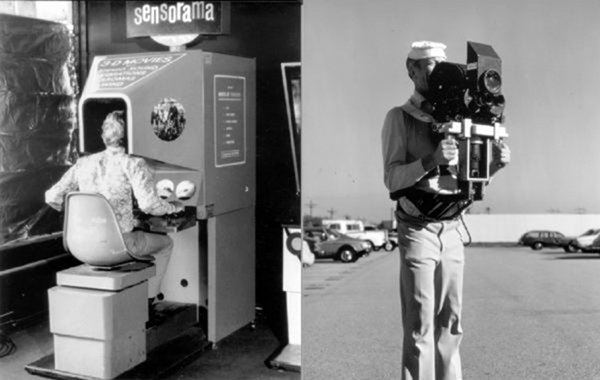
In 1968, the father of computer graphics, the famous computer scientist Ivan Sutherland designed the first head-mounted display Sutherland. Although it was a head-mounted display, Sutherland was quite heavy due to hardware technology restrictions at the time and it was impossible to wear it alone. It was necessary to build a support rod on the ceiling, otherwise it could not be used normally. You will not be shaken, even if the experience is better, who will use such things. It was even jokingly called "Sword of Damocles" by the users. However, the birth of Sutherland marks the birth of the head-mounted virtual reality device and the head position tracking system, which lays a solid foundation for today's virtual technology. Ivan Sutherland is therefore also known as the father of virtual reality.
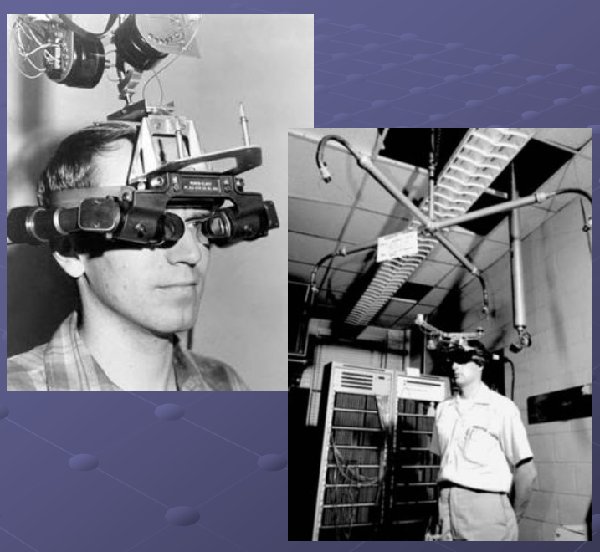
The 70-80s of the last century was the period when the entire virtual technology theory and concept was formed. The various components that make up the virtual helmet are technically mature and can be purchased in the market.
At that time, the graphics card has been able to render thousands of triangles per second, can display more complex three-dimensional image models, Sony's portable LCD monitor can also show the complete picture. Polhemus has developed a six-degrees-of-freedom head tracking device, which has greatly improved accuracy compared to Sutherland's mechanical linkages, while also eliminating a lot of restrictions. At the same time, the glove with a joint sensor realizes the somatosensory operation. The maturity of the technology makes the virtual technology have been widely used in aerospace, simulation flight and other fields. The concept of virtual reality was finally formally proposed in the 1980s.
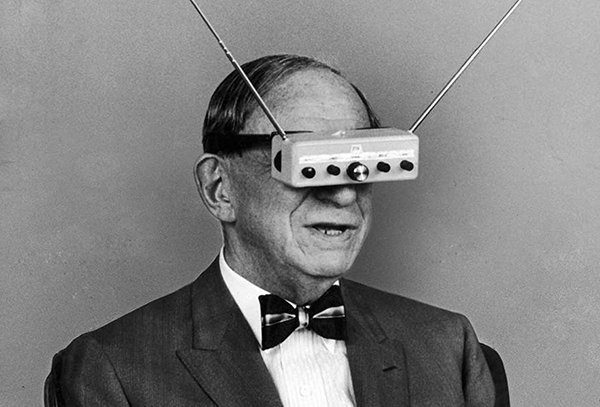
In 1987, a well-known computer scientist, Jaron Lanier, used all sorts of components to “make together†the first commercially available VR commercial product. This VR helmet looked a little like Oculus, but the $100,000 price tag hindered it. The road to popularity.

In the 1990s, the theory of virtual technology has been very mature, but the corresponding VR helmet is still a conceptual product. A VR helmet named "Virtuality 1000CS" emerged in 1991 to show the flaws of VR products - bulky, single-function, and expensive. However, the fire of VR games was also planted during this period. Nintendo's Virtual Boy console launched in 1995 was named one of the "worst 50 inventions in history" by Time Magazine. It hastily launched the market and made the headset wearable. Turned into a tripod support, plus the red single color of the screen display, the associated game works have skipped tickets. The "Virtual Boy" survived in the market for only six months and disappeared. The first attempt of VR games disappeared, but it also opened the door for VR hardware to enter the To C market.
The current VR industry is booming because the Oculus Rift raised $1.6 million through KickStarter, a well-known crowdfunding website in 2012, and was later acquired by Facebook for a price of 2 billion. At that time, Unity was the first engine to support Oculus glasses, attracting a large number of developers to participate in the development of VR projects.
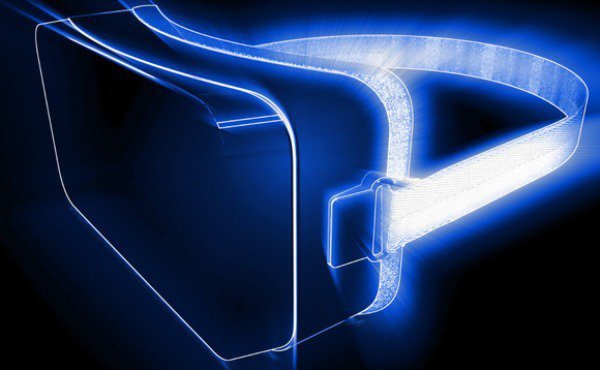
From past failures, it is not difficult for us to discover the long setbacks and blows that the VR industry has encountered. And from a dialectical point of view, "no one can guarantee that this is the third failure." However, from the initial concept, to the super-large "head-on" in reality, to a bit like Oculus's commercial products. This has taken a long time. After all, he is more and more suitable to wear on his head and the price is closer to the people.
VR technology has always been on the road
If there are people asking in 2016 if the smartphone is not a pseudo-demand, you will definitely think that this problem sounds a bit silly. But back to 20 years ago, if you ask the same question, silly people are like asking questions. This is the case. Big brothers like bricks. Even if the call quality is not good, the price is astronomical. With the constant updating of technology. And people's cognition seems to be clearer. What kind of mobile phone do we need? Before the iPhone came out, the 2.8-inch mobile phone was already a screen fighter. Looking at it with the present eyes, you feel that the resolution is simply rough like a toy. There is no WIFI, no 3G network, the limit of the speed is 5 ~ 7KB / s, and the number of mobile sites is almost zero, very few applications, basically only for the bad business people do not have the phone book, games, not to mention, Nothing more than greedy snakes and black and white chess. From what time point you see now. The situation in the VR industry seems to be more difficult. Because people have higher requirements for new technologies.
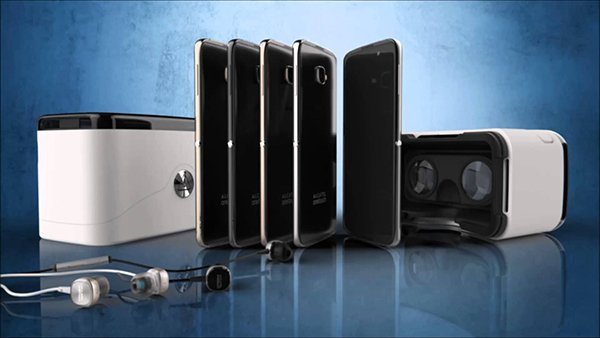
However, at the end of last year, the situation seemed to have become terrible and frightening. Starting from a large number of layoffs and arrears of wages. Then grow to a large number of business failures. There is no long-term profit model. It's hard to be reminiscent of the fact that the current VR industry is a naked state.
Judging from the way of experience, it restricts the purchasing power of many people. A good experience requires a certain amount of space. But for some families, this is almost impossible, and it is basically not competitive with traditional entertainment videos and games. From another perspective, the content and hardware prices are also at a higher price segment.
Evergreen said that EnvelopVR, which has established Seattle as the center of virtual reality in the United States, has recently announced the closure. The former executive director Berry explained that we have been in the office for three years and that VR has not had much market yet. There is no obvious market. We are conscious of our strategy, timing and all this. We may need to wait another two to three years before we can implement our grand strategy. For these VC-backed companies, you must be in the right place at the right time. And I think we entered the market too early. I think we may have walked into a dead end because I don't think that desktop Windows VR really has any market.
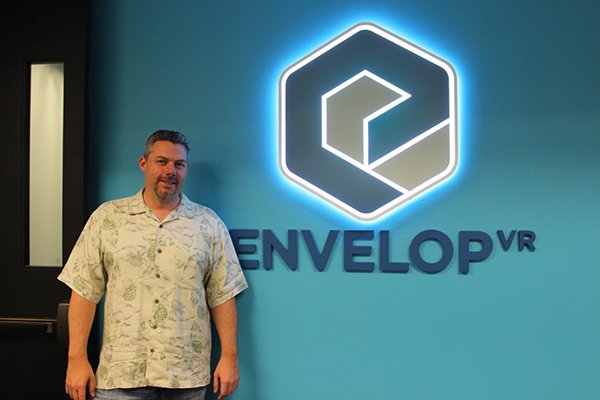
Future Role and Schedule of VR Technology

I know that in the rest of my life, I would like to continue working on virtual reality. I can do anything as long as the industry can grow and succeed. This will be a world where I want to live and be cool. Compared to perfect virtual reality, what better entertainment technology is there? The answer is no.
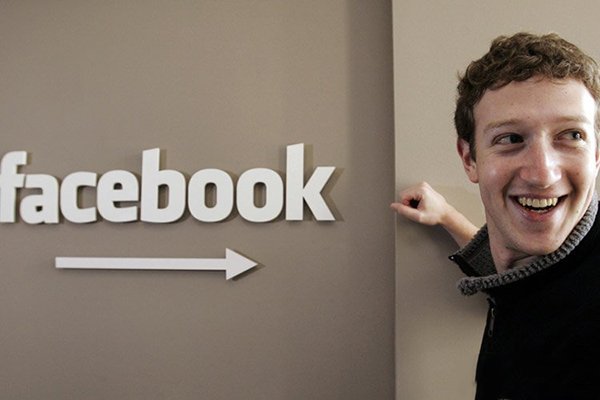
- Pa fat
Imagine watching a game on the side of the stadium, sitting in a classroom with teachers and students from around the world, or consulting with a doctor face-to-face - sitting at home and just wearing a device can. â€
- Zuckerberg
At present, the dream of bringing virtual reality to the general public has not yet been realized. This point, Zuckerberg frankly admitted in court. He said: "I think good virtual reality hasn't arrived yet. We have to arrive at the place we want to reach, and it will take 5 to 10 years. That's Zach's future height. Then in the more distant future, VR technology will What kind of form will influence human life? For this issue, we can listen to the interpretation of a teacher of philosophy, Professor Zhen Zhenming. There is "Between Yes and No", a pioneer in the domestic theory of virtual reality, the philosophy of Sun Yat-sen University. Faculty Professor, published in 2001 the paper "Ontology Equality between Virtual Reality and Natural Reality," which mentions the development timetable of VR technology. From the current development situation, the predictions fit for 2001 to 2015. The degree is still quite high, and it will take time to prove it.

The first stage: From the replication or synthesis of sensations to the implied experience in cyberspace.
2001: The spectacled three-dimensional image screen plus stereo headphones are mounted on the helmet and connected to the computer using radio waves.
2008: Dynamic images of the arms, palms, and fingers of people wearing a sensory glove appear on a spectacled screen instead of a touchpad and a cursor.
2015: Sensing gloves get two-way function. According to the instructions of the computer, they provide stimulation to the palm and fingers. The visual haptic coordination and stereo effects are combined to form a cyberspace.
2035: Pressure-sensing gloves extend to pressure-sensing tights, and the self-dynamic image of the inner part of the human body's sight reappears in cyberspace. People feel that they have entered Cyberspace, which is centered on the origin of their vision.
2040: The dynamic stereoscopic image of the entire human body interacts with other objects in the environment, resulting in a corresponding five-sensory sensory input.
2050: The recording machine enters a practical stage. People can use pressure sensing clothing and other equipment to record and replay the sense of touch.
2060: Combining Cyberspace with the Internet, the Internet accesses Cyberspace and communicates with other Internet users in terms of feelings and feelings. The distant lovers can embrace each other.
2070: Through programming control, people can choose their own image and atmosphere in a certain range and change the intensity of their feelings.
2080: Through the sensation of amplification or reformation, the content of interpersonal communication and the way of emotional communication are greatly enriched and improved.
2090: Communication in Cyberspace has become the main method of people's daily interaction.
The second stage: From the communicative process of sensory transmission to the physical process of remote operation.
2100: The combination of telematics technology and robotics technology provides the source of stimuli for remote robots in the visual, auditory, and haptic aspects of people immersed in Cyberspace.
2150: The robot not only provides sensory stimulation interfaces to the remote impregnators, but also repeats impregnator movements to actively apply movements to the objects or organisms it encounters, completing the tasks the impregnators want to accomplish.
2180: The development of remote operation into the stage of collective cooperation: Robots controlled by different impregnators perform together for complex indoor or outdoor operations.
2200: Robot avatars all over the world can be connected with any of the impregnated operators. People do not need physical travel to reach various places and complete tasks of various kinds of work, agriculture, and business.
2250: Robots are divided into different sizes and horsepower levels. Impregnators can automatically shift gears between these different levels of avatars to achieve power or movement as needed.
2300: Most human activities are carried out in virtual reality. In its basic part, it carries out long-distance operations and maintains its livelihood; in its extension, it carries out artistic creation and interpersonal communication, enriches the meaning of life, and changes the face of the world through programming.
2600: Our descendants living in virtual reality regard our lives in the natural environment today as the prehistoric history of civilization and forget about this prehistory in our daily life.
3000 years: Historians took 2001 to 2600 as the genesis stage of human history, and the story of prehistoric history became their long-lasting theme of root-seeking literature.
3500 years: People began to create a new round of virtual reality system.

Back to now, we can obviously feel that the VR industry is in a very exciting period of excitement. The demand is based on a mature technology foundation. In the moment, just as someone hurriedly entered the court, many people hurriedly left. Eliminating a group of VR startups may be a good sign for the entire industry. Zack and his Facebook's huge investment in VR technology undoubtedly gave the entire industry a shot in the arm. Move toward a new era.
Enershare's commitment to future-ready energy solutions for smart home innovations, Enershare's Energy Storage Systems create a flexible energy maintenance system for homeowners who want to take more control of their home energy use, it is intended to be used for home battery energy storage and stores electricity for solar self-consumption, load shifting, backup power, and off-the-grid use. you can use it anytime you want-at night or during an outage.
Solar Energy Storage System,Solar Panel Inverter Lithium Battery Unit,Off-grid Hybrid Solar Battery Energy Storage System
Shenzhen Enershare Technology Co.,Ltd , https://www.enersharepower.com